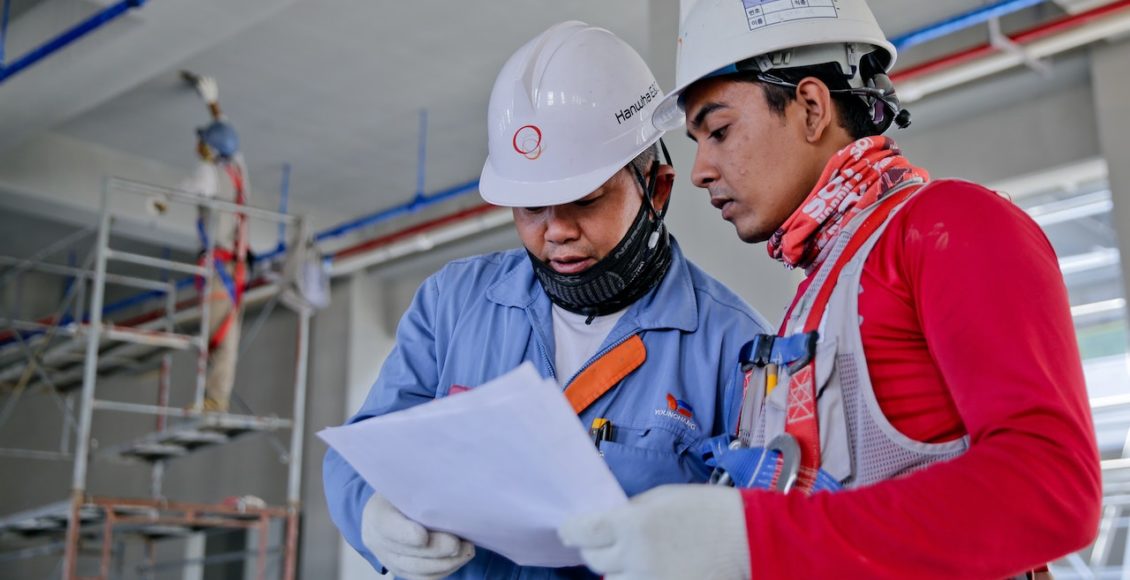Constructing on unstable terrain can be a challenging task. This is because the ground needs to be strong enough to withstand the weight of any structures that are built upon it, but at the same time, it must also remain flexible and able to shift with changes in the environment. To successfully build on unstable terrain, certain steps need to be taken in order for it to remain safe and stable.
Some of these steps include assessing the soil conditions, understanding how water affects stability, and choosing appropriate materials for construction. With careful planning and research into these areas, you can ensure your building project will not only stay standing but also last through various environmental changes.
1. Assessing the Soil Conditions:
The first step in constructing an unstable terrain is to assess the soil conditions. This involves looking at factors such as the type of soil, its consistency, and how much water it can hold. It’s important to remember that different types of soils need different kinds of treatments to be suitable for building purposes. Knowing what type of soil will work best for your project is essential in making sure that any structures built on it are strong enough to remain standing. In addition, the soil should also be tested for its bearing capacity and compaction. This will give you a better understanding of how much weight it can handle during construction.
2. Understanding Water Affects Stability:
The second step in building on unstable terrain is to understand how water affects stability. Rainfall and other sources of moisture can weaken the soil, making it less capable of carrying heavy loads. Therefore, it’s important to consider what type of drainage system will be needed to keep the area dry, as well as any additional waterproofing measures that need to be taken before beginning construction. Additionally, builders must take into account any changes in groundwater levels due to nearby rivers or lakes that may cause erosion or flooding.
3. Consider Installing Pontoon Dredge Pumps:
When building on unstable terrain, it’s important to consider installing pontoon dredge pumps. These are specialized devices that help to remove sediment from the area and prevent flooding. They also help to keep the soil in place so that structures can be built safely and securely. Pontoon dredge pumps come in a variety of sizes and can be customized for specific projects depending on their needs. According to the folks at https://www.daepumps.com/products/pontoon-dredge-pumps/, these pumps are also easy to set up and start running. So, it’s often a great solution for those looking to construct on unstable terrain.
4. Choosing Appropriate Materials:
The final step in constructing on unstable terrain is to choose appropriate materials. It’s important to select the right type of concrete or material that can handle the weight and pressure of the building, as well as any shifting that may occur due to changes in the environment. Additionally, you should also consider how much maintenance will be needed for these materials over time. This way, you can ensure that your structure stays safe and secure throughout its lifetime. Also, don’t forget to double-check the longevity of materials in order to ensure that they can withstand any weather conditions or changes in temperature.
5. Hire an Experienced and Reputable Construction Company:
It’s always a good idea to hire an experienced and reputable construction company when building on unstable terrain. They will have the knowledge and expertise to assess the soil conditions, select the right materials for the job, and apply all necessary safety precautions during construction. Plus, they’ll be able to advise you on any drainage or waterproofing measures that need to be taken in order to make sure your project is successful. So, don’t hesitate to seek out a reliable contractor before starting your next building project on unsteady ground!
6. Follow All Government Regulations:
Another important point to remember when constructing on unstable terrain is to follow all government regulations. Depending on the area, there may be laws that need to be adhered to in order to ensure safety and stability during construction. Make sure you understand what these are before starting any work. This way, you can avoid fines or other legal consequences that could occur due to improper planning or building techniques.
By following these steps, you’ll be able to safely build on unstable terrain without any issues arising from the soil conditions or shifting of the ground. Make sure to research and double-check all the necessary details before beginning construction! This way, you can rest assured that your project will remain secure throughout its lifetime. Good luck!



Comments are closed.